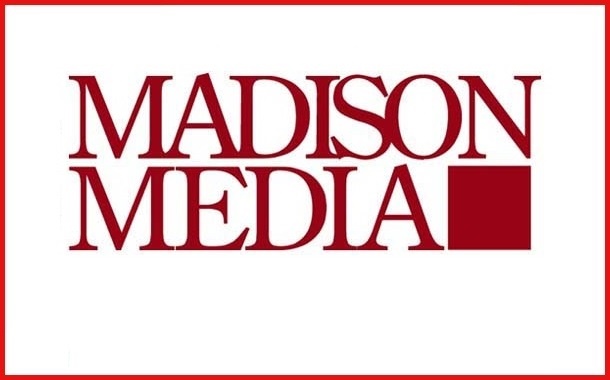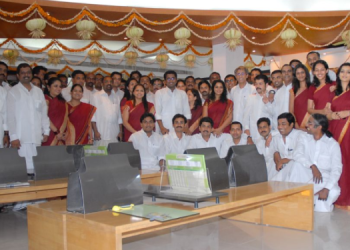Mumbai: The Annual report published by Madison in February expected TV advertising to grow by 20% in 2016. However drop in advertising by e-commerce companies and the absence of Big sporting event such as last year’s cricket world cup saw TV advertising in the first six months of the year 2016 grow by a mere 11%..
Madison Media also wrote down its full-year estimate for advertising spends across media to 13.2% from the 16.8% it had projected in February. In the first six months, it grew 12.9%.
The Agency stuck to its original estimate of 10% growth for print advertising despite this growing only 9% in the first six months. That number has been met with mixed reactions by media executives. Those in English print media say it is an optimistic estimate, while those in regional language print media say it is achievable.
Madison’s mid-year estimate also seems to suggest that digital advertising is gaining ground faster than expected. The agency had originally estimated a growth of 30% for the year. Digital advertising grew by 37% in the first six months. However, the agency chose to leave its digital advertising spending forecast untouched, as it did with its estimates for print, outdoor, cinema, and radio. “The only change we are calling out at this stage is a reduction in TV growth from 20% to 11%,” said the statement from Madison Media.
“The drop in growth rates in television is led by a lower contribution of e-commerce, which is a category known to pick and choose high-priced inventory/impact programmes, substituted by FMCG users who resort to everyday advertising and seek high value for money,” said Vikram Sakhuja, CEO of Madison Media & OOH.
A more conservative approach with a focus on net revenue and not market share, and government policy that threatened to take a dim view of huge discounts prevented e-commerce firms from repeating their ad blitz of 2015 in the first six months. Since July, though, many of them have restarted their sales events and discounts, and, to a lesser extent, advertising.
With all signs pointing to a bountiful monsoon, consumer demand is expected to look up, especially in rural India, in the second half of the year, which typically sees more sales and advertising.
“All the traditional big spenders in the print segment have been doing quite badly—whether it’s real estate, banking and finance (under pressure over non-performing assets and poor quarterly results) or even education, each of them has cut back on advertising expenditure, which to their mind is a discretionary spend,” said a top executive at a publishing house who asked not to be named. Although Madison’s numbers do not reflect it, many executives at print media companies say print, too, is facing the heat from digital.
“While this was also true last year, the drop in expenditure from these categories was covered by the boost in spends from the e-commerce and FMCG sectors. This year, both those categories have also pulled back their advertising spends,” the executive added. But he expects the situation in print to improve in the second half of the year.

















